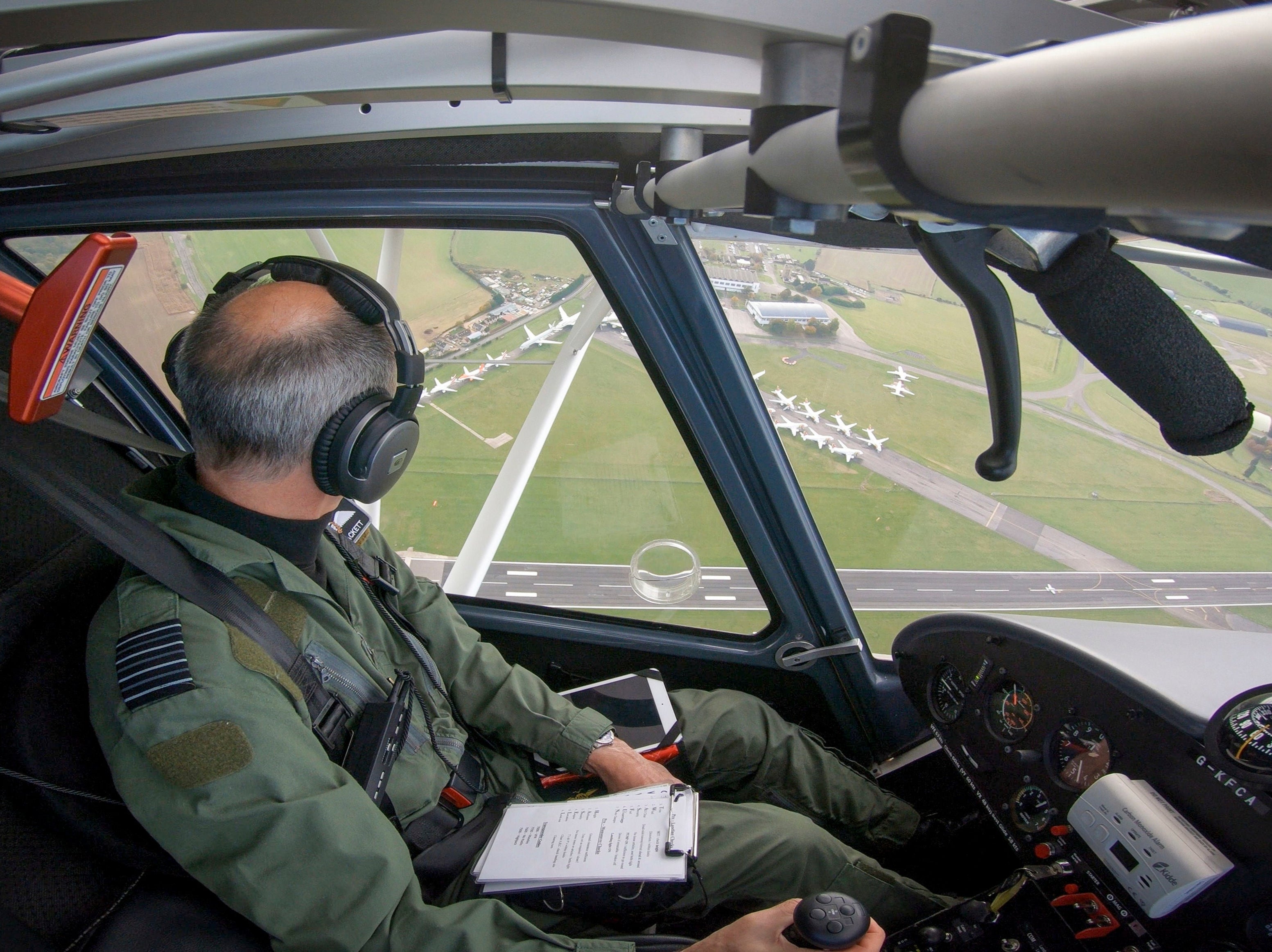Can biofuel decarbonise air travel?
Aviation is one of the largest emitters of greenhouse gases
Your support helps us to tell the story
From reproductive rights to climate change to Big Tech, The Independent is on the ground when the story is developing. Whether it's investigating the financials of Elon Musk's pro-Trump PAC or producing our latest documentary, 'The A Word', which shines a light on the American women fighting for reproductive rights, we know how important it is to parse out the facts from the messaging.
At such a critical moment in US history, we need reporters on the ground. Your donation allows us to keep sending journalists to speak to both sides of the story.
The Independent is trusted by Americans across the entire political spectrum. And unlike many other quality news outlets, we choose not to lock Americans out of our reporting and analysis with paywalls. We believe quality journalism should be available to everyone, paid for by those who can afford it.
Your support makes all the difference.The aviation sector is one of the largest emitters of greenhouse gases and is responsible for 2 per cent of total global emissions.
This figure is projected to double by 2050 if business continues as usual, according to the International Renewable Energy Agency (IRENA).
So how do airlines and logistics businesses reduce their emissions while keeping the global economy going?
Many say the widespread adoption of ‘biojet fuels’ – a sustainable aviation fuel – is the way forward.
What is biojet fuel?
Biojet fuel, also known as aviation biofuel or bio-aviation fuel, is derived from recycled products like used cooking oil, agricultural residue, and wood waste, unlike conventional jet fuels, which are usually refined from crude oil.
Importantly, biojet requires no modifications to aircraft and engines or storage and distribution infrastructure.
It can also be mixed with conventional jet fuel and used in an aircraft in much the same way as petroleum-based jet fuel.
The International Air Transport Association (IATA) considers it to be vital in the fight to reduce the carbon footprint of aviation.
Marc Delcourt, co-founder and CEO of Global Bioenergies, said: “Many solutions, such as electric or hydrogen-powered planes, have been put forward as ways to cut the environmental destruction caused by flights’ CO2 emissions. But the consensus has identified biojet fuel as the best solution for the next few decades.
“Biojet fuel has a modest additional cost - which is falling anyway as oil prices spiral - and will be usable in existing planes without engine modifications.”
Biojet is different from synthetic fuel, which is effectively an eco-friendly replica of petrol made using carbon dioxide or monoxide taken from the atmosphere and synthesised with hydrogen taken from water.
Are biojet and synthetic fuels a viable alternative to standard aviation fuel?
They are already being used. Air France-KLM launched the first long-haul flight powered by sustainable aviation fuel made in France in May.
The flight departed from Paris-Charles de Gaulle and touch down in Montreal.
Energy company Total produced the SAF from used cooking oil at its La Mède biorefinery in southern France and at its Oudalle factory near Le Havre, without using any virgin plant-based oil.
And in November 2021 the RAF set a new world record after completing the first successful flight using only synthetic fuel.

Group Captain Peter “Willy” Hackett flew an Ikarus C42 microlight aircraft powered by synthetic fuel (PA) Group Captain Peter “Willy” Hackett completed a short flight out of Kemble Airfield, Cotswold Airport on an Ikarus C42 microlight aircraft – the first flight ever powered entirely by synthetic gasoline.
The synthetic gasoline used in the flight, which has been awarded a Guinness World Record, was Zero Petroleum’s UL91 fuel.
The gasoline was manufactured in Orkney by extracting hydrogen from water and carbon from atmospheric carbon dioxide, and combining these ingredients using locally generated wind, and tide and wave energy.
This process can also be used to create a range of “drop-in” fuels, which are a substitute for fossil-based aviation fuels and require no engine modification.
The innovation behind the synthetic-fuel powered flight comes from the RAF’s Project MARTIN, which was initiated by the Rapid Capabilities Office in June. Early data shows that this fuel has the potential to save between 80 and 90 per cent of carbon used per flight.
Why isn’t biojet more popular?
According to an IRENA report from 2020, aviation is dependent on high-energy-density fuels due to the mass and volume limitations of aircrafts.
Existing aircraft designs therefore limit the options of alternative fuels suitable for replacing jet fuel to some advanced biofuels and synthetic drop-in fuels.
It adds: “Advanced biofuels, in the form of biojet, are the most technologically straightforward pathway to decarbonise the aviation sector, but current production meets only 0.004% of global jet fuel demand.
“Perceived barriers for biofuels include regulatory shortcomings, availability of financing, and feedstock costs and accessibility.
“Synthetic aviation fuels produced from green hydrogen could play a role as drop-in fuels, but production is currently very limited and costs are very high, exacerbated by a lack of demand for the fuels at the current price point.”

Join our commenting forum
Join thought-provoking conversations, follow other Independent readers and see their replies
Comments